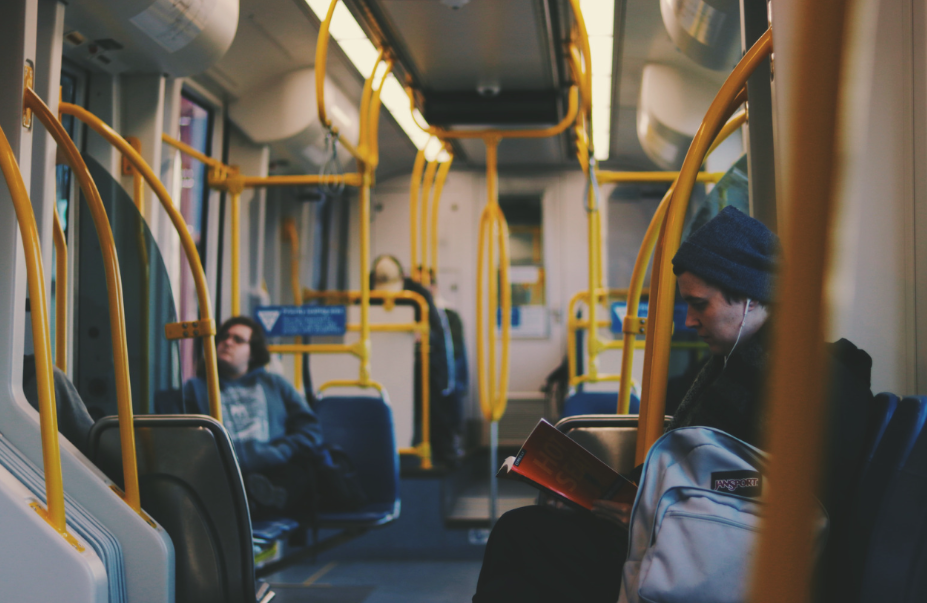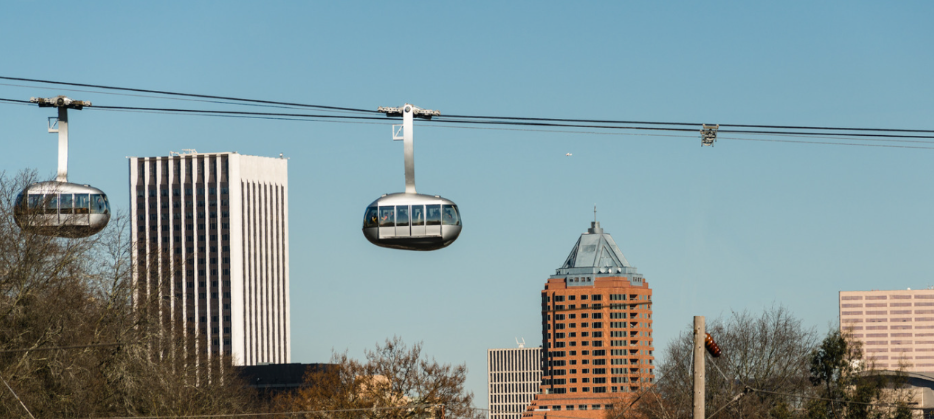
You hear it a lot these days.
“Portland has changed!”
“The city isn’t what it used to be.”
“There’s so much crime and addiction now.”
It’s pretty evident that the City of Roses has changed a bit over the last few years. It’s fairly uncontroversial to say that the houseless population appears to have skyrocketed. That the trash pickup seems to have slowed. That the number of people obviously suffering from substance use disorder and/or mental health issues seems to have increased.
We can’t speak to all of these issues, but we can speak to what we at Shanti Recovery and Wellness are experts in: mental health and addiction.
What is driving the apparent increase in mental health and behavioral health issues in Portland and in the state at large? What does it say about who we are as a state? What does it mean to you, if you or your loved one struggles with addiction or mental health issues? What does it say about our patients and their family and friends?
Here’s what we know about why the rates of addiction and mental health issues (like depression and anxiety) are so high in Portland Oregon.
The Headlines Say it All: The Portland Area Struggles with Addiction and Depression More than Other Cities

Depression, mental health and addiction are constant mainstays of coverage about the Portland Metro Area. Consider:
- Portland and Vancouver rated as two most depressed cities in the U.S.: report
- STUDY FINDS OREGON HAS HIGHEST DEPRESSION RATE IN U.S.
- New report shows Oregon leads nation with highest rates of depression
- Salem, Oregon ranks as one of America’s most depressed cities
- Is it depressing to live in Portland Oregon?
- Portland Apparently Has the Third Most Depressing Winter in the Country
- Addiction to drugs, alcohol deepens in Oregon, report shows
- Oregon had second-highest addiction rates in the nation in 2020
- Oregon last in nation for access to drug treatment
- Study finds Oregon ranks 2nd in country for addiction, last in treatment
It’s a Fact that Oregonians Have Extremely High Rates of Addiction

According to the 2020 National Survey for Drug Use and Health (NSDUH), a full 9% of Oregonians struggle with an addiction to illicit substances (opioids, methamphetamine, cocaine, etc). An even larger share of Oregonians meet the criteria for alcohol use disorder, more colloquially known as alcoholism. When you consider both numbers, you’ll see that over 18% of Oregonians – that’s nearly one in five of us – meets the clinical criteria for substance use disorder.
Oregon Also Struggles With a Huge Under-Investment in Addiction Treatment and Mental Health As a Whole

For a state that has such an epic struggle with addiction, you’d think that we’d also have some of the highest investment in solving this problem. Not so. In fact, when you look at the numbers, you’ll see just the opposite.
The state has long struggled with a history of extreme under investment in behavioral and mental healthcare at every level, especially the higher levels of care required for patients who need medical detox services or residential stays to stabilize. Similarly, the state makes very little investment in prevention. We see waitlists that are at least 5 weeks long in the metro area regularly. It’s almost unheard of for a patient – especially a Medicaid or Medicare patient – to be seen in a timely manner.
Oregon invests roughly half of what most states spend for mental and behavioral healthcare. For a state that regularly ranks in the top 3 worst states for mental and behavioral health, a 50% investment clearly isn’t enough.
The Weather Doesn’t Help Portland, Oregon’s Rates of Depression, Anxiety and Addiction

Remember the weather-related news article we mentioned earlier?
According to Willamette Week, Portland was named as the US city to have the third most depressing winters in 2017. The ranking was determined by noting the percentage of sunlight and solar radiation Portlanders can expect to absorb on any given winter between the months of November and February. They Used this metric to create an “index score” for how depressing our winters are.
Unsurprisingly, the study found that Portlanders only see sunlight 29% of the time in the winter. Honestly, some winters I think most of us can safely say this feels like an overstatement. Portland winters can be brutal. In these conditions, low vitamin D is endemic, as is Seasonal Affective Disorder. Both of these conditions can contribute to the development and progression of substance use disorder.
Do You Need Help With Addiction or Depression in Portland?
Good news – at Shanti Wellness and Recovery, we work with you to tailor treatment plans to your situation, your goals and your life. Everything we do is evidence based and shame-free.
Depending on the patient, we can offer MAT medication, nutritional therapy and/or talk therapy in a cozy, family clinic setting. We love to see patients like you succeed and thrive.
Interested to learn more about how we can help? Give us a call today to get started.

